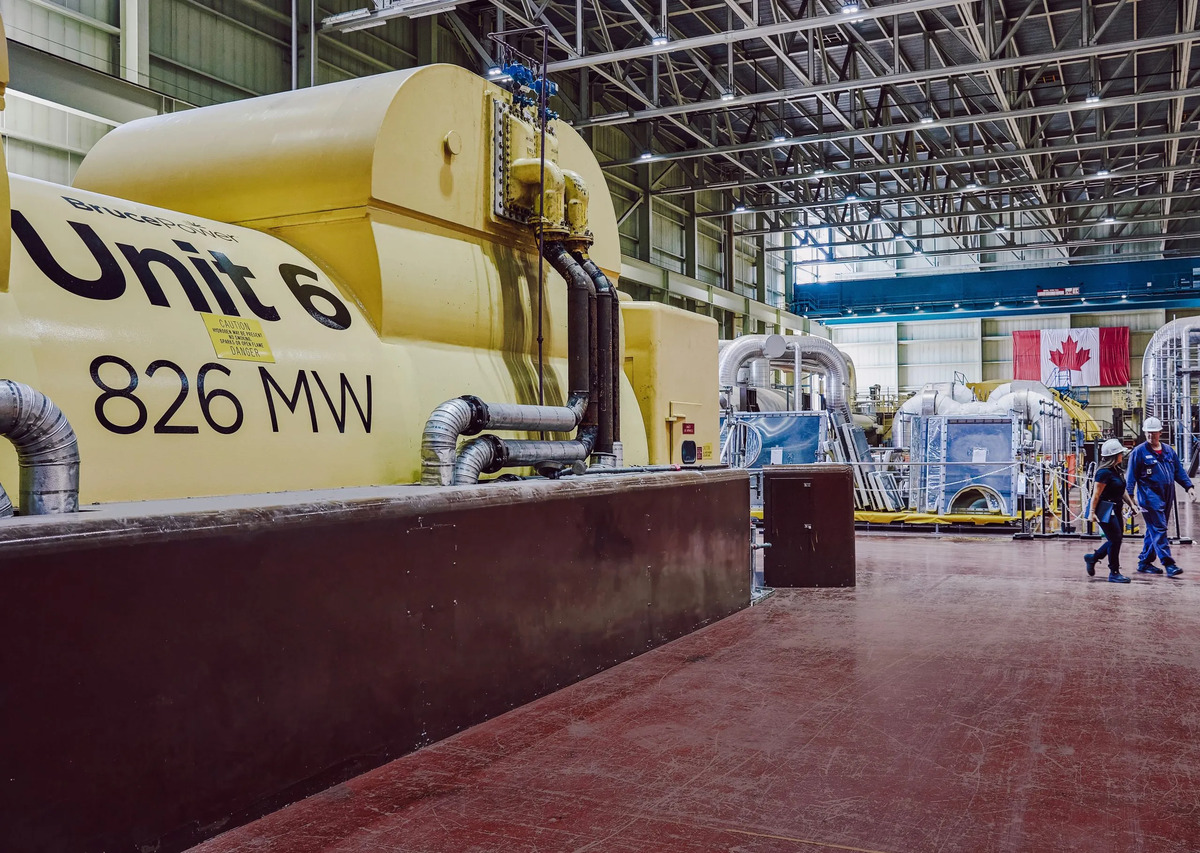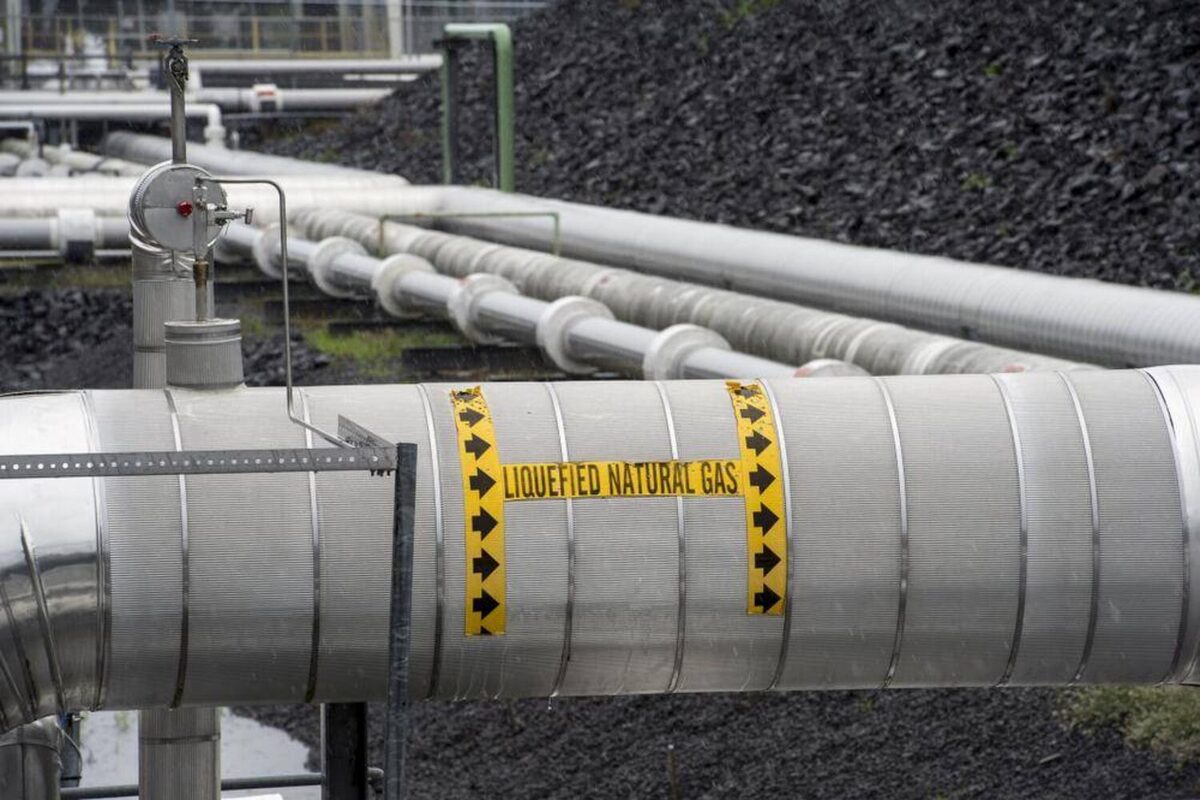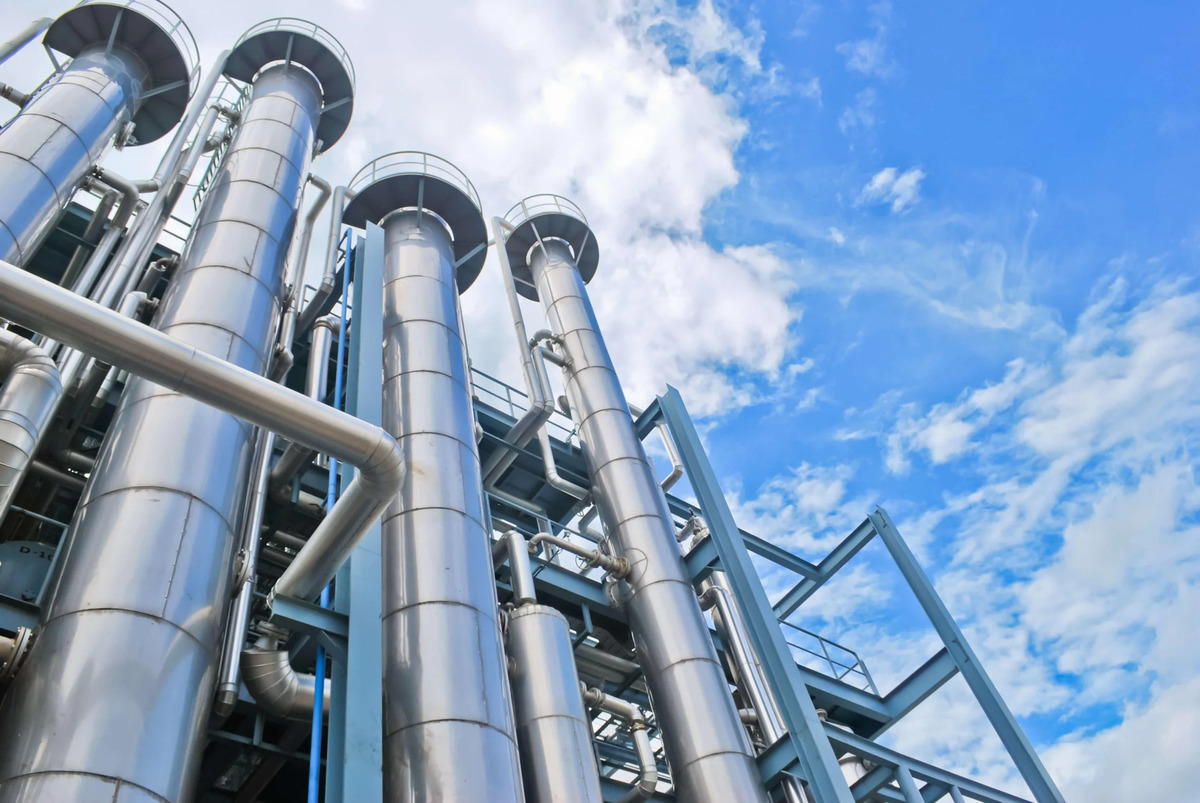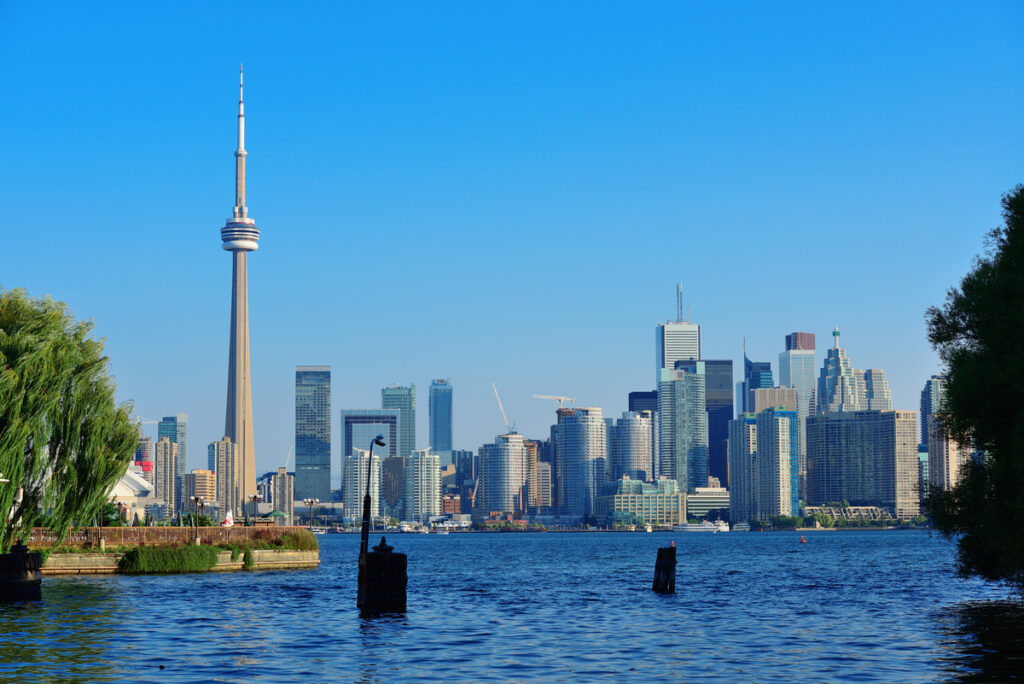Canada’s construction sector stands at the forefront of a dynamic landscape, marked by resilience, innovation, and a strategic commitment to transformative projects. As we delve into the intricacies of this thriving industry, insights from BTY Group’s 2020 Market Intelligence Report (MIR) reveal a compelling narrative. Against the backdrop of an anticipated global economic slowdown, Canada’s construction activity remains robust, propelled by a convergence of private and public sector mega construction project in Canada and a notable influx of immigrants.
The numbers speak volumes. According to the MIR, mega construction project in Canada across diverse sectors such as energy, petrochemicals, commercial development, mining, transportation, and social infrastructure dot the Canadian landscape from coast to coast. These projects, with price tags reaching billions, play a pivotal role in sustaining construction activity. The report underscores that infrastructure, renewable energy, and industrial building are poised to be the top-performing sectors, counterbalancing declines in other areas.
Intriguingly, climate change initiatives are emerging as key drivers, fostering investments in renewable energy and energy-efficient infrastructure across the nation. Transit-oriented development (TOD) is gaining prominence, especially in cities like Toronto, Montreal, and Vancouver. As we navigate through the top construction project in Canada, each with its unique scale and significance, the statistics paint a vivid picture of a sector poised for growth and transformative impact. This introduction sets the stage for a comprehensive exploration of Canada’s construction landscape, where numbers converge with innovation to shape a resilient and promising future.
Table of Contents
Top Construction Project in Canada
In accordance with the insights gleaned from BTY Group’s 2020 Market Intelligence Report (MIR), the robust landscape of construction activity in Canada is set to endure, buoyed by an amalgamation of private and public sector mega projects and a noteworthy influx of immigrants, even in the face of an anticipated global economic deceleration. This resilience is underpinned by an extensive array of mega projects spanning diverse sectors such as energy, petrochemicals, commercial development, mining, transportation, and social infrastructure, stretching from one coast to another. Here’s the list of 7 construction project in Canada:
1. Metrolinx’s Eglinton Crosstown LRT – Toronto, ON
Metrolinx is currently spearheading numerous large-scale construction project in Canada at different phases of development across Ontario. One standout venture among them is the Eglinton Line, also referred to as Crosstown, with an estimated cost of $4.9 billion CAD.

The Eglinton Crosstown Light Rail Transit (LRT) initiative aims to establish a vital midtown link connecting East and West Toronto. Spanning from Kennedy in the east to Mount Dennis in the west, the construction project in Canada is set to feature 25 stations along its route, promising to significantly reduce travel time by up to 60%. At present, the construction phase is in full swing, generating a multitude of job opportunities in design and construction. Anticipated to be operational in 2022, the Crosstown will debut as Line 5 Eglinton under the ownership of Metrolinx and operation by the Toronto Transit Commission (TTC), subsequently becoming the fifth route of the Toronto subway system.
The introduction of Line 5 Eglinton aligns with the principles of transit-oriented development, bringing forth direct advantages for the public sector, including heightened transit ridership, rejuvenated neighborhoods, and an upswing in economic development. Simultaneously, the private sector stands to gain from increased land values, elevated rents, and real estate performance and enhanced prospects for affordable housing. The holistic impact of the Eglinton Crosstown LRT project extends beyond mere transportation infrastructure, ushering in transformative changes for both the public and private domains.
2. Bruce Power Refurbishment
In Tiverton, Ontario, Bruce Power is embarking on a significant preparatory phase for a monumental $13-billion refurbishment construction project in Canada. The focus of this ambitious undertaking is the refurbishment of two reactor units, involving the replacement of critical reactor components such as steam generators, calandria, and feeder tubes. The meticulous process is set to commence with the refurbishment of the first unit in 2023, followed by the initiation of work on the second unit in 2025.

Beyond the immediate reactor units, the construction project in Canada encompasses the comprehensive replacement of systems across all eight reactor units operated by the company. This holistic approach is geared towards enhancing the efficiency and longevity of the facilities. The anticipated outcome is an extension of each reactor’s operational life by an impressive 30 to 35 years. This strategic move not only ensures the sustained reliability of power generation but also aligns with the broader goals of environmental sustainability.
The magnitude of this refurbishment endeavor transcends the technical aspects, as it is poised to make a substantial impact on the economic landscape. The project is projected to generate and sustain a remarkable 22,000 direct and indirect jobs annually. This infusion of employment opportunities is set to stimulate local economies and contribute significantly to the community’s socio-economic well-being. As Bruce Power undertakes this monumental refurbishment initiative, it stands at the forefront of advancing both technological innovation and economic prosperity.
3. GNL Quebec’s Énergie Saguenay LNG Complex – La Baie, QC
Since its inception in 2014, GNL Quebec’s Énergie Saguenay project has steadily progressed towards becoming a monumental endeavor. This mega project is centered around the establishment of a comprehensive natural gas liquefaction complex situated at Port Saguenay. Envisioned to be a transformative initiative, the project aims to export a staggering 11 million tons of liquefied natural gas (LNG) annually. With an estimated cost of $9 billion CAD, the project encompasses the development of state-of-the-art liquefaction equipment, expansive storage facilities, and robust marine shipping infrastructures.

Distinguishing itself on the global stage, the Énergie Saguenay LNG Complex is poised to achieve a groundbreaking milestone as the world’s first LNG facility of such magnitude powered entirely by hydroelectricity sourced from an existing local network. The construction project in Canada is anticipated to reach operational status by the year 2026, marking a significant leap towards sustainable energy practices.
To facilitate the seamless functioning of the complex, a novel 750-kilometer gas pipeline is proposed to connect the western Canada natural gas supply to the facility, subsequently integrating into the main transportation system in northeastern Ontario. This strategic linkage underscores the comprehensive nature of the Énergie Saguenay project, positioning it as a pivotal player in the global LNG landscape and a testament to the commitment towards environmentally conscious energy solutions.
4. Muskrat Falls Project
Anticipated completion for the Muskrat Falls hydroelectric generating facility, situated on the lower Churchill River west of Happy Valley-Goose Bay, Labrador, is slated for this fall. This monumental construction project in Canada, valued at $12.7 billion, encompasses an 824-megawatt capacity, marking a significant addition to the region’s energy infrastructure.

The comprehensive development involves the installation of over 1,600 kilometers of transmission lines along with the integration of associated electrical equipment, ensuring the seamless and efficient distribution of generated power. The facility itself boasts a strategically designed layout, featuring a spillway, three dams, and a powerhouse. Once operational, it is poised to become the second-largest hydroelectric facility in the region, underscoring its substantial contribution to the local energy landscape.
This ambitious venture not only emphasizes the commitment to harnessing sustainable energy sources but also represents a remarkable engineering feat. The synergy of cutting-edge technology, meticulous planning, and environmental considerations converges in the realization of this hydroelectric facility, setting the stage for a transformative impact on the energy profile of the region. As the construction progresses towards its final stages, anticipation builds for the imminent completion of the Muskrat Falls project and the consequential benefits it promises for the surrounding communities and the broader energy sector.
5. Vancouver International Airport Expansion – Vancouver, BC
Vancouver International Airport (YVR), situated in Richmond, British Columbia, just outside Vancouver, is undergoing a significant expansion and modernization as outlined in its YVR 2037 Master Plan. This airport, owned by Transport Canada, stands as the second busiest in Canada, and the phased expansions scheduled until 2037 are strategically designed to meet the growing demands of passengers and establish it as a premier connecting hub.

The YVR 2037 Master Plan aims to address the surge in passenger numbers, projecting an estimated 35 million passengers by 2037, compared to 24.16 million in 2017. Notably, the volume of passengers traveling between the United States and Canada is expected to experience a substantial rise, reaching an anticipated 8.4 million by 2037. To effectively manage this growth in both passenger and cargo movements, the Vancouver International Airport Authority is planning to execute 75 major developments, with a substantial investment of approximately $8.8 billion CAD.
These developments encompass various aspects of the airport’s infrastructure, services, and technology to enhance its capacity, efficiency, and overall passenger experience. The vision is to not only meet the immediate needs of air travelers but also to position YVR as a vital and state-of-the-art aviation hub well into the future. This ambitious undertaking reflects YVR’s commitment to staying ahead of the curve in the dynamic aviation industry.
6. Nauticol Energy’s Methanol Facility – Grande Prairie, AB
Nauticol Energy is currently undertaking the construction of a massive methanol production and distribution facility in Grande Prairie, Alberta, aimed at meeting the surging global demand for low carbon methanol. This initiative is pivotal in the context of Nauticol’s commitment to Net Zero, particularly in the domain of Blue Methanol, which holds significant importance in achieving international goals to curtail CO2 emissions across commercial, societal, and governmental spheres.

The production of Blue Methanol involves the utilization of Carbon Capture & Storage (CCS) technology. This innovative process entails capturing and compressing waste CO2 at the plant site, followed by its injection deep into designated geological formations, ensuring permanent and secure sequestration. With a substantial investment of $3.2 billion CAD, the methanol facility construction project in Canada is not only a strategic environmental move but also a catalyst for economic growth. It is anticipated to generate around 5,000 jobs in construction and 200 operational positions throughout the decades-long operational lifespan of the plant.
Looking ahead to 2040, the Montney site, where the facility is situated, is forecasted to become a key player in Canada’s natural gas landscape, contributing to over half of the country’s natural gas production. Nauticol Energy’s ambitious construction project in Canada aligns with the global imperative to transitioning toward sustainable energy solutions while simultaneously fostering economic prosperity and job creation in the local community.
7. The Réseau Express Métropolitain (REM) – Montréal, QC
Also referred to as the Metropolitan Express Network in English, the Réseau express métropolitain (REM) stands as a monumental public transit initiative with a staggering budget of $6.5 billion CAD, currently undergoing construction in the Montréal region. Envisioned as a transformative light rail network, the REM is set to encompass 26 stations and an impressive 67 kilometers of track, facilitating seamless transportation 20 hours a day, 7 days a week throughout Greater Montréal. Notably, it will establish a crucial link to the Montréal-Trudeau International Airport, enhancing connectivity for both residents and visitors.

Anticipated to debut its inaugural trains in 2022, this ambitious construction project in Canada, orchestrated by NouvLR, is slated for full completion by 2023. In essence, the REM is poised to nearly double the existing metro network, which currently spans 71 kilometers of track.
The advantages of Transit-Oriented Development (TOD) are multifaceted, offering substantial benefits to both the public and private sectors. From a public perspective, TOD promises a reduction in traffic congestion, pollution, and fuel consumption. Moreover, it curtails urban sprawl, safeguarding valuable open spaces, while concurrently lowering the expenses associated with road and bridge maintenance. Additionally, TOD is poised to boost property and sales tax revenues, contributing to the fiscal health of the public sector.
On the private sector front, TOD presents opportunities for increased retail sales, widened access to the labor pool, and diminished parking costs, thereby fostering economic growth and sustainability. In essence, the REM emerges not only as a pivotal transit infrastructure but also as a catalyst for comprehensive urban development and economic prosperity.
Conclusion
In conclusion, Canada’s construction sector is poised for sustained growth and resilience, fueled by a multitude of mega construcion project in Canada spanning various sectors and geographical locations. Despite the global economic outlook, the robust landscape of construction activity remains buoyant, underpinned by private and public sector investments, climate change initiatives, and transit-oriented development trends.
The top construction project in Canada exemplify the country’s commitment to infrastructure development and sustainable practices. The Eglinton Crosstown LRT in Toronto, Bruce Power’s refurbishment in Ontario, GNL Quebec’s Énergie Saguenay LNG Complex, the Muskrat Falls hydroelectric project in Labrador, the Vancouver International Airport expansion, Nauticol Energy’s Methanol Facility in Alberta, and the Réseau Express Métropolitain in Montreal showcase the diversity and scale of these endeavors.
Looking ahead, the future outlook for Canada’s construction industry appears optimistic. Infrastructure, renewable energy, and industrial building are forecasted to be the top-performing sectors, contributing to economic growth and job creation. Transit-oriented development, innovative technologies, and a commitment to sustainability underscore the transformative changes occurring in the construction landscape.
As these mega construction project in Canada progress towards completion, they are not merely infrastructure developments but catalysts for economic prosperity, technological innovation, and environmental stewardship. Canada’s strategic investments in major projects position the country as a leader in sustainable development, setting the stage for a dynamic and resilient future in the construction industry.
Suggested article for reading:
Top 11 Construction Project in Dubai
Top 7 Construction Project in Netherlands
Resources:
Procore | Contruent | Construction Connect | Renew Canada | Statisca | Essential Construction
For all the pictures: Freepik | Hatch | Invest Alberta | Cast Connex | National Observer | The Globe and Mail | Owen Sound Sun Times | blogTo





